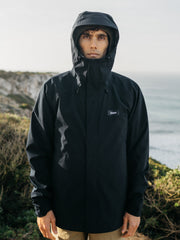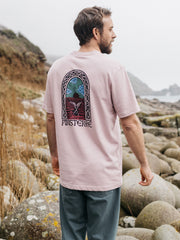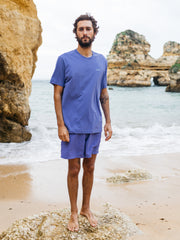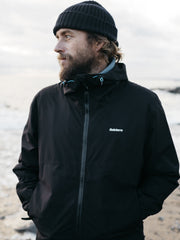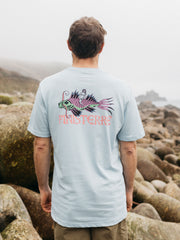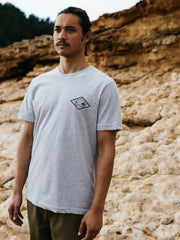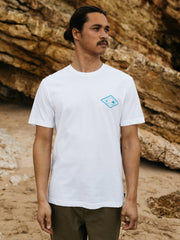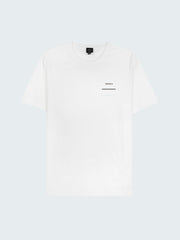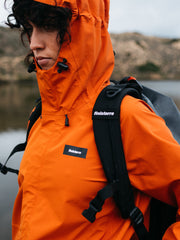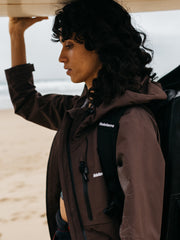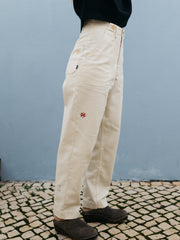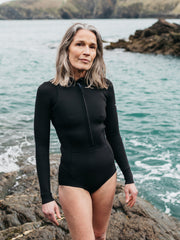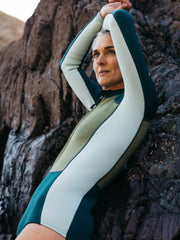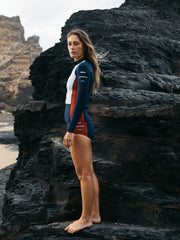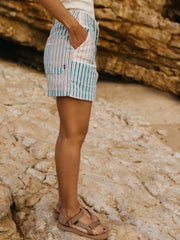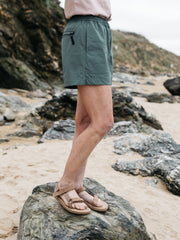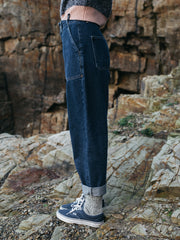The Book of Vanishing Species is a collection of stories and engravings about species which are disappearing. Their story is our story. We depend on a healthy planet just as much as they do. In this excerpt, Beatrice Forshall looks at Water, our use and misuse of it, and the vanishing beauty of Coral Reefs.
Vanishing Species
17.10.22
4 min read
Written & Illustrated by Beatrice Forshall
“In the eighteen months it has taken me to research this book, 107 species have been declared extinct”
Beatrice Forshall, The Book of Vanishing Species.
WATER
We know more about the surface of the moon than we do about the sea floor. Even now, the oceans are a mystery, the line where they meet the sky like a page unturned, the wide expanse confronting us with distance and our small part in it. Our own lives begin in water, and when we are born, it makes up almost 80 per cent of our body. Is this why we are so drawn to it? That fierce embrace, as we plunge from one element to another, is one of the quickest ways to shed our sense of separation from the natural world.
The oceans contain a huge proportion of Earth’s life, so much that we once felt that they were inexhaustible, yet it is estimated that we have reduced their stocks of large fish by 90 per cent.
Until recently the oceans have been able to absorb huge amounts of the carbon dioxide we produce. Sea water dissolves some of the carbon dioxide from the atmosphere and phytoplankton photosynthesise it. But as the acidity and temperatures of the oceans rise, their capacity to absorb carbon works less well.
We cannot live more than three days without water – yet we waste it, and scarcities are occurring. We also pollute it. Medicines, sewage, industrial and agricultural run-off leach into the water, damaging and killing life in rivers and coastal waters. Tiny particles of plastic have been found in places as extreme as water at the bottom of the Mariana Trench and ice at the summit of Everest; and toxic per- and polyfluoroalkyls (PFAs) are found in raindrops, breast milk and blood.
Our manipulation of water is earth-moving. A 2016 NASA study concluded that the melting of the ice caps and the extraction of groundwater are shifting the distribution of the planet’s weight and causing it to wobble on its axis.
CORAL
We expect the colour. We have seen the photographs: shoals of fish reflecting light, glowing with life – greens, yellows, reds – with a vivid brilliance only restrained by the dusty blue of the water. The intense shades of the soft corals are so pure, so bright, electric. Fish swim among the shapes of trees, boulders, plates, mushrooms, tables, antlers, fingers, tentacles, lace…
Coral reefs are alive with sound. Snapping shrimp crackle, parrotfish crunch harmful algae from the coral, orange soldierfish growl, batfish throb with an electronic bass. Below them the huge structure of the reef, hundreds of thousands of years of patient building, falls away to the depths.
*
That was then. Now dead coral lies before us like a monochrome study in grey, receding into the watery, misty distance. Where it is not grey, it is brown, covered in the wispy algae that has suffocated it and colonised the corals’ bones. There are no fish. One or two, but not the wonderful richness of before – and it was real wealth, not just the beauty of a moving tapestry.
Almost a million different species live on reefs. They are a nursery for many fish, and a huge tourist attraction. They protect other ecosystems, like mangroves and beds of seagrass, from storms and tsunamis. But reefs have been worn away by dynamite and cyanide fishing, pollution, agricultural run-off that stimulates algal blooms, overfishing, trawlers dragging nets across them, anti-fouling treatment for boats, damage from anchors and divers, and dredging, suffocating them with sediment. Worldwide, coral is dying. In the last twenty years, 50 per cent of the world’s coral has been destroyed and very few pristine reefs remain.
The coral is an animal, the basic unit of which is the polyp. With tentacles, a mouth and a stomach, it sits in its skeleton of calcium carbonate. Mostly this is hollow and transparent, providing a home for tiny algae, zooxanthellae, which give coral its colour. Animal and plant have a mutually beneficial relationship. The polyp produces carbon dioxide and water, which the zooxanthellae photosynthesise into amino acids, glycerol and glucose. Up to 90 per cent of this production is absorbed by the coral, providing the energy for its growth. The polyp builds the skeleton towards the light. At night, when oxygen is at its lowest, fish oxygenate their coral hosts by fanning them with their fins. The polyp is both gardener and hunter: its tentacles are equipped with poisoned harpoons, nematocysts. These are deployed to stun tiny zooplankton, sometimes even small fish.
Pollution, rising temperatures and the changing acidity of the sea disrupts the zooxanthellae’s ability to photosynthesise, and the polyp flushes them out. Since they provided the coral with colour, it becomes bleached: not dead but weakened. It dies if the algae are unable to return, or after repeated bleachings. Attempts to resurrect coral reefs include whitening clouds with salt crystals to reflect light and heat away from the water, playing recordings of reef noises to attract fish, and installing imitation coral to provide a home for polyps. Even if these desperate measures work, it is thought they would only buy reefs a couple of decades; the only long-term future for coral is to reduce carbon emissions. In the hours before they finally die, corals burst into a vivid fluorescent glow. It is believed that this may be a last attempt to protect themselves from UV rays and encourage the algae to return.


